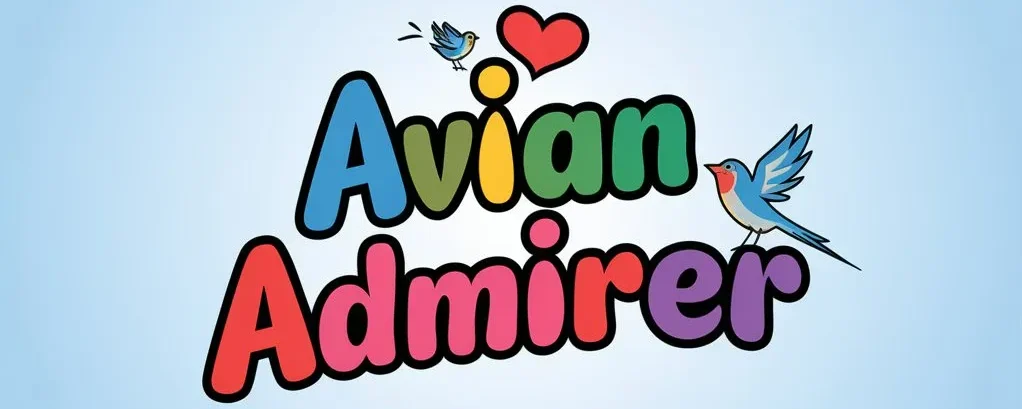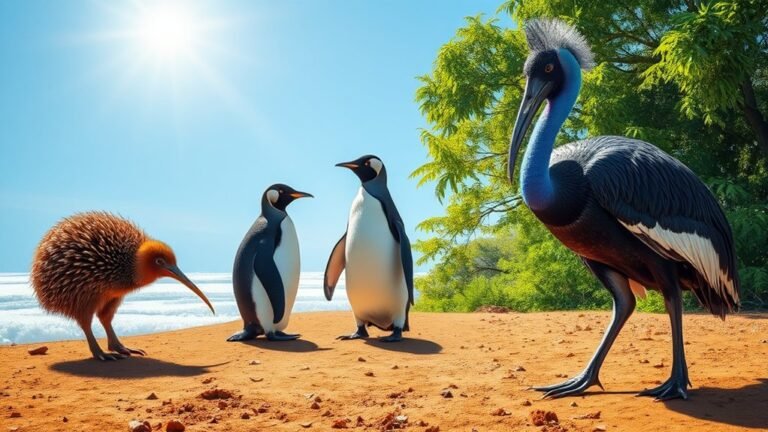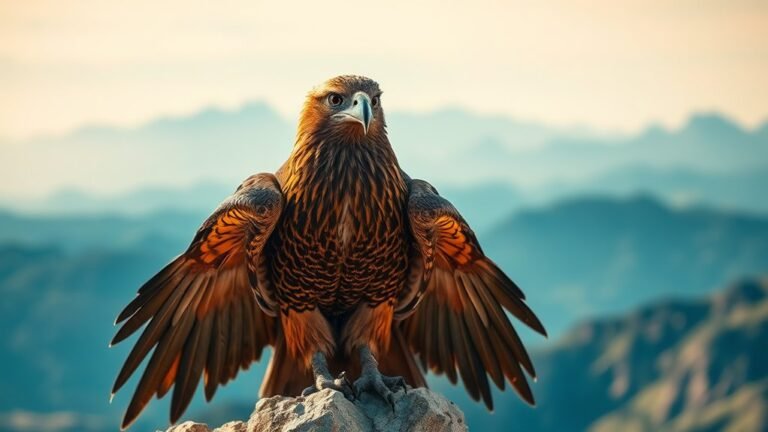Wildlife Rescue Centers Directory: State-by-State Guide
If you find an injured animal, knowing where to get help is important. Wildlife rescue centers help rehabilitate these animals and return them to their natural homes. Many resources exist in your area, and understanding the services available can inspire you to help with wildlife conservation. Explore how you can make a difference and support local wildlife efforts.
Key Takeaways
- This directory provides a clear, state-by-state list of local wildlife rescue centers. You can easily find facilities for injured or orphaned wildlife.
- Each listing features contact details, hours of operation, and the services offered by the rescue centers.
- Many centers also offer community resources such as volunteer opportunities and training programs for animal care.
- It is important to report injured wildlife and know how to get help.
- Supporting local rescue centers through donations or awareness campaigns helps wildlife conservation in your area.
Your contribution can make a difference for wildlife in need.
Overview of Wildlife Rescue Centers

Wildlife rescue centers help injured or orphaned animals recover. They provide a safe space for professionals to care for animals in need.
These centers are important for wildlife conservation and promote healthy ecosystems. Supporting wildlife rescue organizations benefits individual animals and enhances biodiversity.
Your help can make a real difference for nature and the animals that live in it.
Importance of Wildlife Rehabilitation
Wildlife rehabilitation is essential for wildlife conservation. It helps injured or orphaned animals recover. This care supports the health of all wildlife and maintains balanced ecosystems.
Healthy wildlife populations benefit all living beings, including humans. Participating in wildlife rehabilitation fosters community among people who care about nature. Engaging in these efforts connects you with others dedicated to protecting the environment.
Your involvement can motivate others and create positive change. Together, we can ensure injured wildlife get the care they need and contribute to biodiversity for future generations.
How to Report Injured Wildlife

What should you do if you find an injured animal? First, keep a safe distance and observe the animal's behavior. This will help you understand the situation without causing more stress.
If the animal is clearly injured, assess the situation. Take note of its location, species, and any visible injuries.
Next, contact your local wildlife rescue center or animal control for help. They can provide the best advice on what to do next.
Reporting injured wildlife helps the animal and shows our community's commitment to caring for nature. Your quick action can truly make a difference in the life of an injured animal, promoting kindness and care in our environment.
Volunteering Opportunities at Rescue Centers
Want to help local wildlife? Volunteering at a wildlife rescue center is a great way to do it. You'll connect with nature and assist injured animals.
Many centers offer training programs to teach you important skills. You'll get hands-on experience caring for different animals, such as birds and mammals, while helping them recover.
If you want a deeper experience, look for wildlife internships. These positions allow you to work with professionals in the field.
Internships can also help you build a network and open doors for future jobs in wildlife conservation. By joining a rescue center, you'll make a positive difference and meet others who share your passion.
State-by-State Wildlife Rescue Center Listings

Finding a wildlife rescue center in your state is important for helping local animals in need.
These centers provide care and rescue services that save many lives. By connecting with a nearby center, you can take part in important initiatives.
Here are some ways to get involved:
- Support wildlife rehabilitation efforts in your community.
- Learn about local species and their needs.
- Volunteer your time or resources for rescue operations.
- Advocate for wildlife preservation in your community.
These actions improve animal welfare and create a sense of community.
Together, you can help create a better future for all animals.
Wildlife Rehabilitation Regulations by State
Understanding wildlife rehabilitation regulations in your state is essential for anyone involved in rescue efforts. Each state has rules governing wildlife rehabilitation and often requires specific permits.
These permits ensure you have the necessary skills to care for injured or orphaned animals. They also protect wildlife and their habitats. Knowing these regulations helps you as a rescuer and keeps you in good standing with wildlife authorities.
This responsibility promotes the well-being of animals and builds trust within the community. Following these regulations is vital for successful rehabilitation efforts in your area.
Success Stories From Wildlife Rescue Centers
Wildlife rescue centers share many inspiring success stories that highlight the strength of nature.
These centers help animals that face serious challenges. Here are a few remarkable examples:
- A bald eagle, shot and injured, has healed and now flies free.
- A baby raccoon, orphaned and weak, is thriving in a caring sanctuary.
- An injured sea turtle has recovered and returned to the ocean.
- A deer rescued from poaching is now back in its natural environment.
These stories show how important wildlife rescue centers are for conservation.
Each story offers hope and highlights the need for support.
Together, we can help continue this vital work.
How to Support Wildlife Rescue Efforts
Supporting wildlife rescue efforts is essential for preserving biodiversity. You can make a difference by donating to local wildlife centers. Consider making a one-time gift or setting up monthly contributions.
Every donation provides food, medical care, and shelter for injured or orphaned animals.
Raising community awareness is also crucial. Share your passion with friends and family, or participate in local events to educate others about wildlife conservation.
Engaging with fellow nature lovers creates a supportive network focused on protecting wildlife.
Together, we can ensure that these amazing creatures survive for future generations.
Frequently Asked Questions
What Types of Animals Can I Bring to a Rescue Center?
You can bring different types of animals to a rescue center. These include birds, mammals, and reptiles. The staff at the rescue center will help care for these animals and work to prepare them for a return to their natural habitat. Your efforts can make a difference in their recovery and future.
Are There Fees for Transporting Animals to Wildlife Rescue Centers?
Transporting animals to a rescue center usually involves fees. These costs ensure that animals receive the proper care during their journey. Check with your local rescue center for specific information about these fees.
How Long Do Animals Stay in Rescue Centers Before Release?
Animals stay in rescue centers until they finish rehabilitation and meet release requirements. The time they spend varies, but it is fulfilling to help them recover and prepare for a safe return to their natural habitat. Supporting these animals during their healing process is both rewarding and impactful.
Can I Adopt Animals From Wildlife Rescue Centers?
Yes, you can adopt animals from wildlife rescue centers. However, you must follow a specific process. This process helps ensure that you can provide a safe and loving home for the animal. Your adoption supports wildlife rehabilitation, making a positive impact on these creatures. Join us in making a difference!
What Should I Do if a Rescue Center Is Closed?
If a rescue center is closed, stay calm. Contact emergency numbers or other nearby shelters for assistance. They can help you figure out the next steps and provide support. Remember, you are not alone in this situation.

Ava is a bird enthusiast and nature lover who has spent countless hours observing and learning about the fascinating world of birds. With a passion for sharing her knowledge and inspiring others to appreciate the beauty of birds, Ava writes about her experiences and insights on avianadmirer.com.







